AI Answer Evaluation Platform Live Now. Try Free Answer Evaluation Now
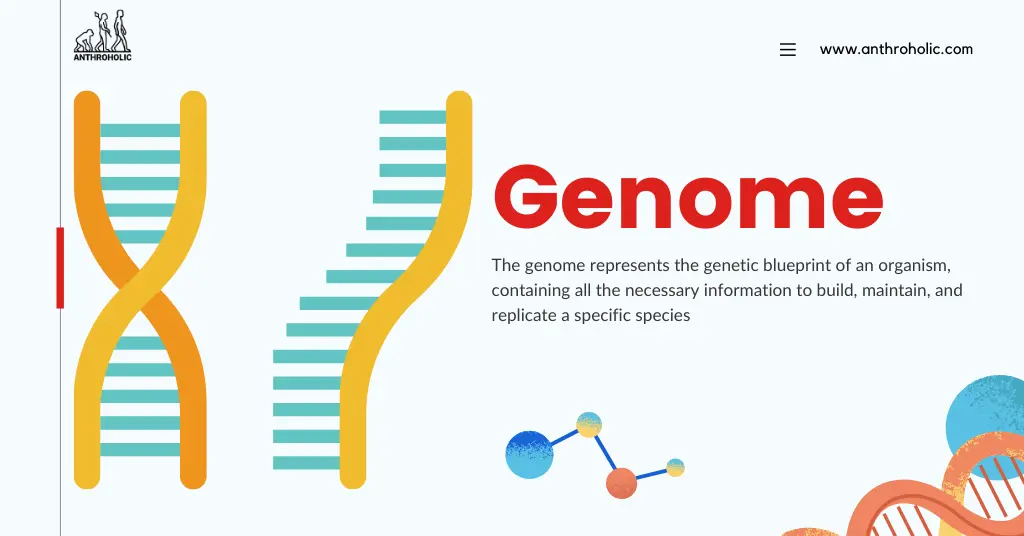
Genome
The genome represents the genetic blueprint of an organism, containing all the necessary information to build, maintain, and replicate a specific species
+91-7303290503, +91-9557169661 | MON to SUN 10:00 AM - 6:00 PM
The UPSC IAS Exam is a highly competitive examination conducted by the Union Public Service Commission (UPSC) to select candidates for the Indian Administrative Service (IAS), Indian Police Service (IPS), and other civil services in India. This category covers the exam syllabus, pattern, and preparation strategies, as well as the eligibility criteria and selection process. From understanding the exam requirements to learning the tips and tricks for success, this category provides comprehensive information on the UPSC IAS Exam.

The genome represents the genetic blueprint of an organism, containing all the necessary information to build, maintain, and replicate a specific species
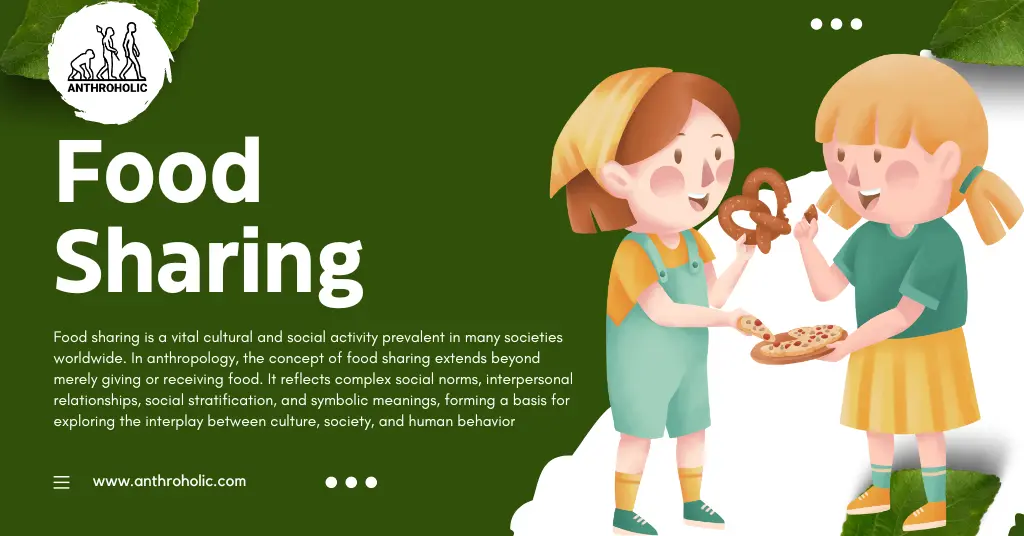
Food sharing is a vital cultural and social activity prevalent in many societies worldwide. In anthropology, the concept of food sharing extends beyond merely giving or receiving food.

Divorce, an event that terminates a marital union, carries different meanings across cultures, with its social implications rooted in diverse cultural values and norms.
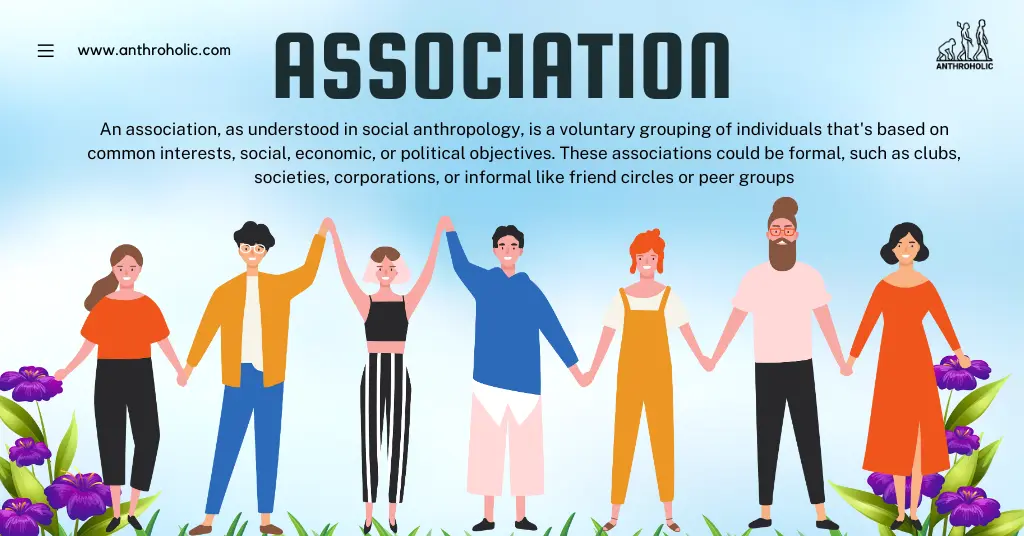
An association, as understood in social anthropology, is a voluntary grouping of individuals that's based on common interests, social, economic, or political objectives. These associations could be formal, such as clubs, societies, corporations, or informal like friend circles or peer groups.

A social group is composed of two or more people who interact and identify with each other and share a common objective or purpose. This interaction and shared identification form the basis of society, ranging from small groups like families to larger ones like communities, religious groups, or entire societies.

Half-life, in nuclear physics and chemistry, refers to the time required for half the atoms in a sample of a radioactive substance to disintegrate or achieve a transformation that alters their fundamental properties.
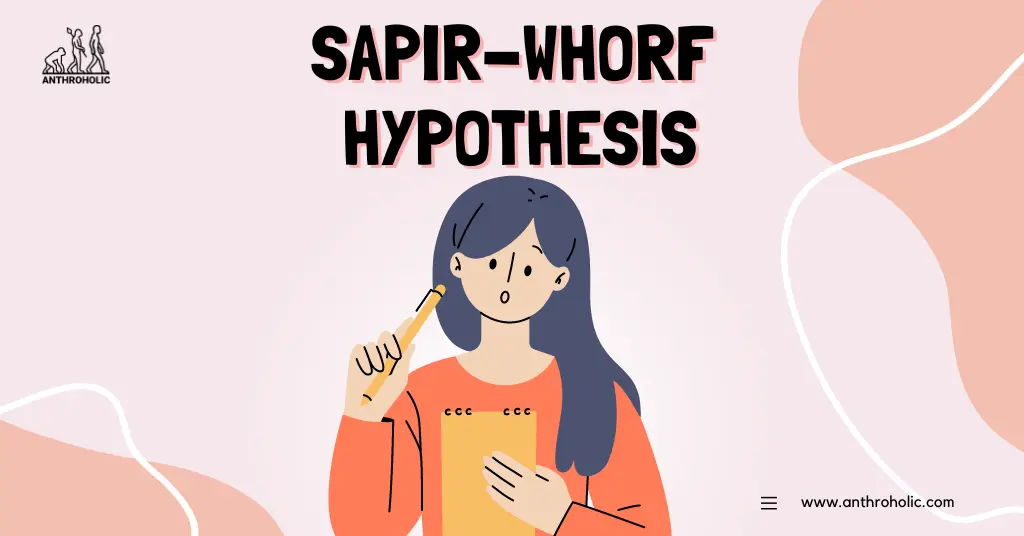
The Sapir-Whorf Hypothesis, a seminal concept in the field of linguistic anthropology, posits a relationship between language, thought, and culture, emphasizing that our understanding and perception of reality are influenced by the language we use

Among the various blood types, one holds a unique and vital role: O negative, the universal donor blood group. Every minute, people across the globe
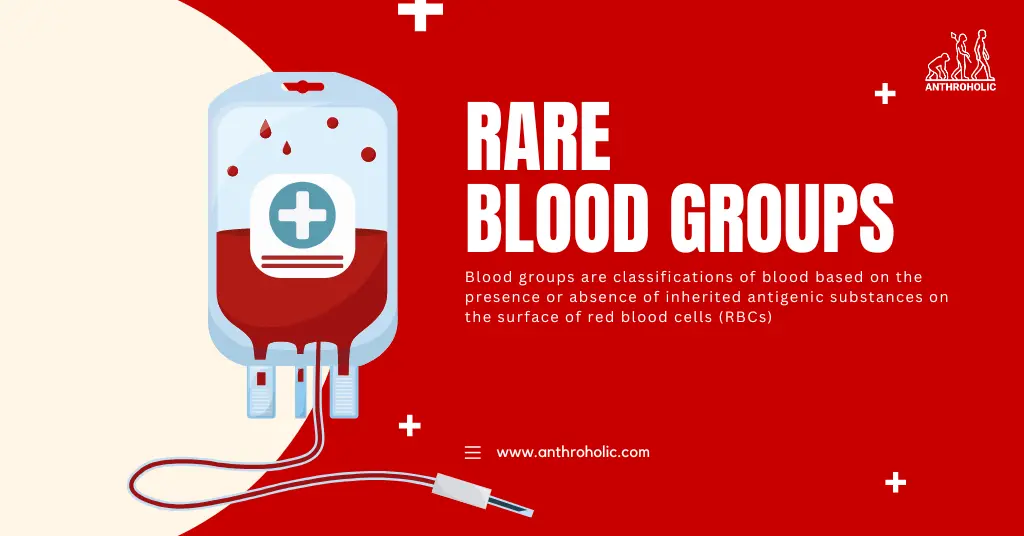
Rare blood groups, also known as 'rare blood phenotypes', refer to those blood groups that are not part of the ABO and Rh system, the two most commonly known systems.
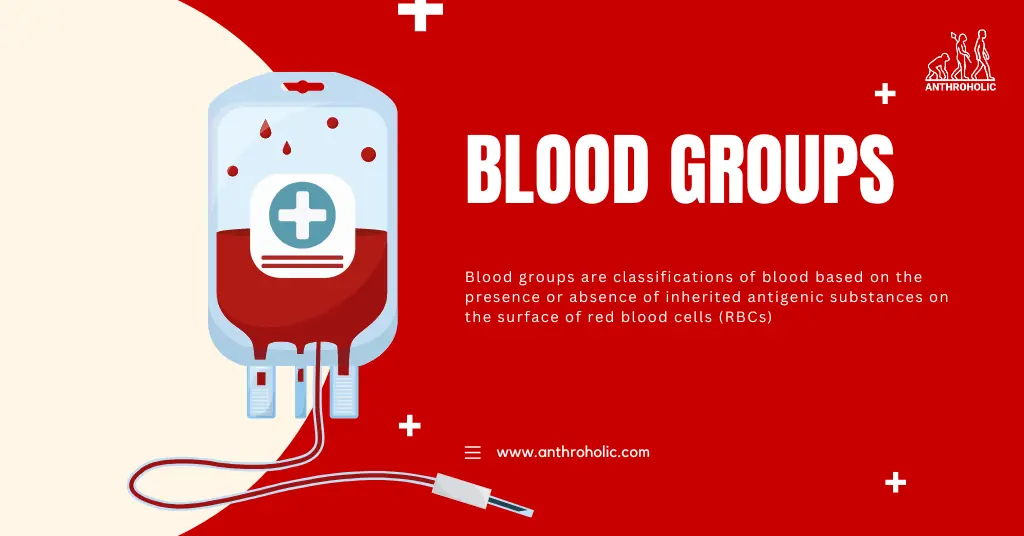
Blood groups are classifications of blood based on the presence or absence of inherited antigenic substances on the surface of red blood cells (RBCs)

The Paleolithic Age, also known as the Stone Age, is characterized as the period of human history that began roughly 2.6 million years ago and ended around 10,000 BCE.

The Mesolithic Age, also known as the Middle Stone Age, is a significant period in human history. It is marked by considerable shifts in human lifestyle, particularly from a nomadic, hunter-gatherer existence to the beginning of settled life.